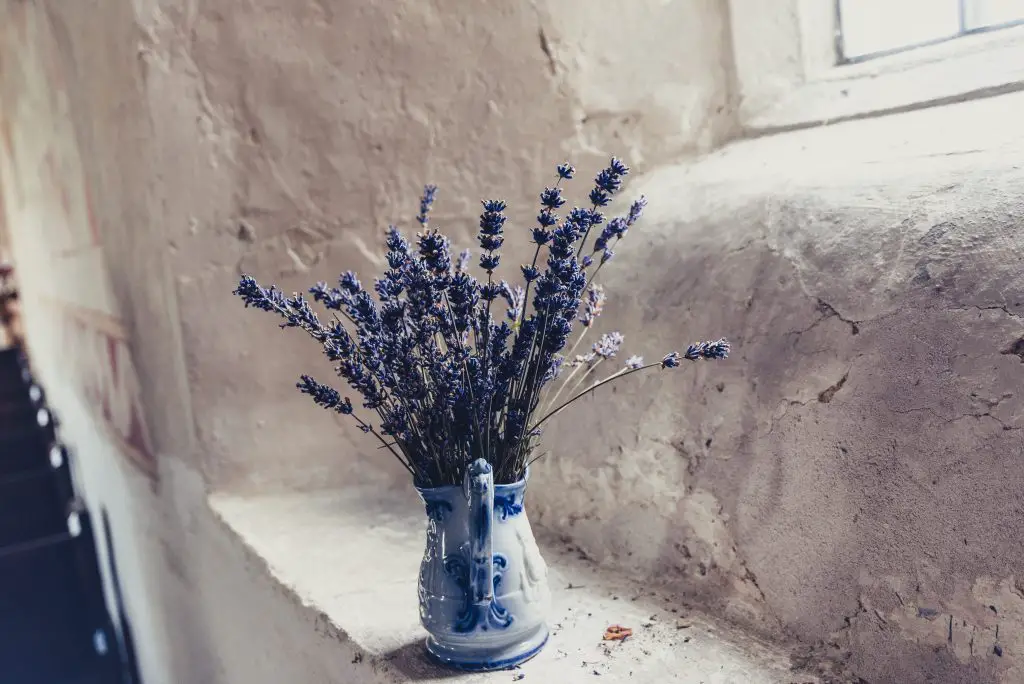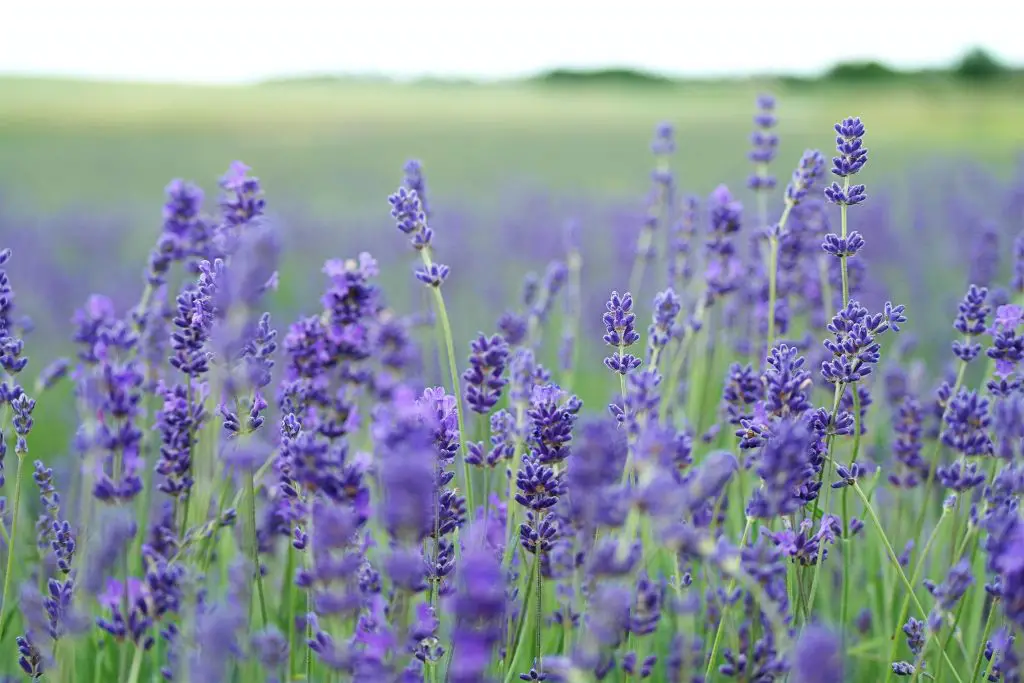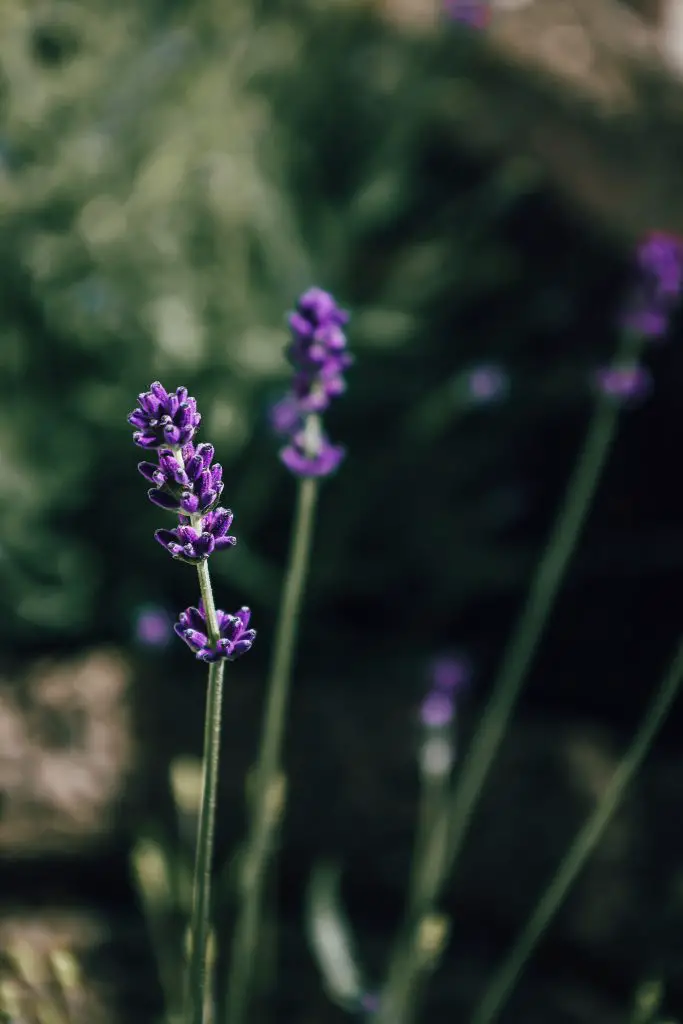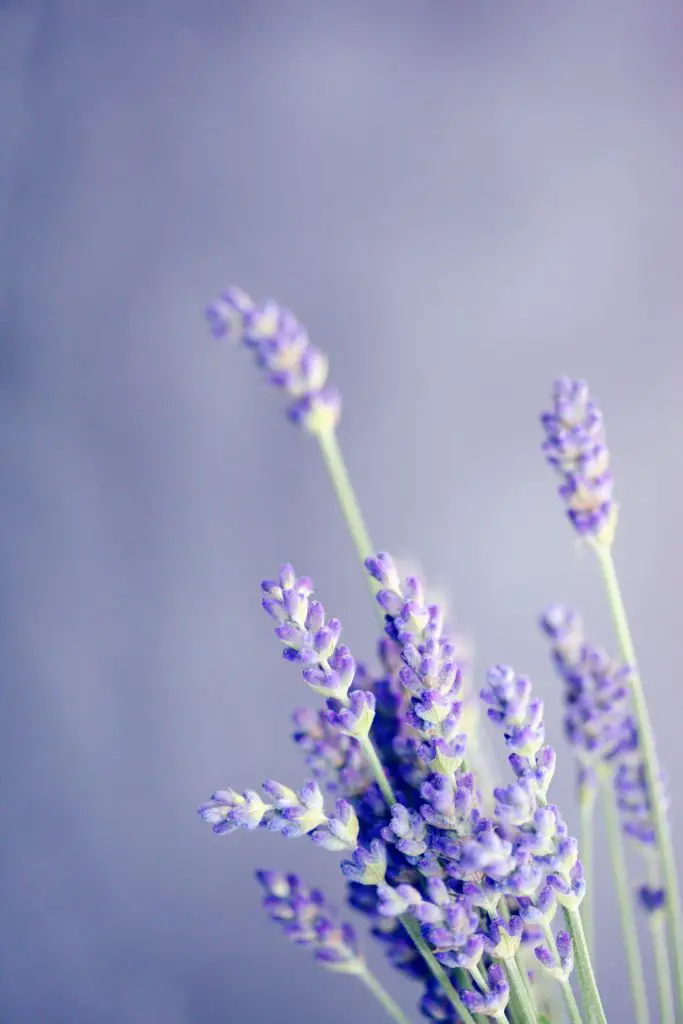Can You Propagate Lavender In Water? Lavender is an extremely popular garden plant that originated in the Mediterranean. It is tough, disease and drought-resistant, has a beautiful fragrance, striking foliage, and attractive flowers. Given, the fine qualities it is only natural to want more Lavender plants in your garden. So are they easy to propagate? Can you just put cuttings in water?
Lavender is relatively easy to propagate in water, however, they will also root readily in soil. Generally, I have found that semi-hardwood or hardwood cuttings have a higher strike rate than softwood cuttings in water. The reason for this I believe is because hardwood cuttings usually have slightly thicker stems that increase the exposed surface at the base of the cutting which increases the chance of root formation.
Additionally, softwood cuttings tend to be more susceptible to rotting which can also increase the chances of failure. However, as stated above it is possible for either type of cutting to root.

How To Prepare Lavender Cuttings
Lavender cuttings are quick and easy to prepare and are easily collected when the plant is being pruned. When selecting material to use for a cutting it is best to avoid branches that have flowers on them as the cells in that part of the plant a generally focused on keeping the flower alive rather than producing roots.
When taking a cutting it should ideally be 4 to 6 inches long and have some foliage on the stem. Once the section of plant you are going to use is selected it is best to trim the base of the cutting at a 45-degree angle as this will maximize the surface area at the base of the cutting. The other benefit of doing this is that it makes the bottom of the cutting easy to identify.
The next important step is to strip off all the lower leaves on the cutting leaving only one or two leaves at the top of the cutting. This is done to ensure that the lower leaves do not rot when submerged in water as this has the potential to cause disease.
However, it is important to leave one or two leaves on the cutting as it allows the plant to continue photosynthesis which enables the plant to continue producing food for itself. The reason only a couple of leaves are left on the plant rather than a whole heap is because much of the plants’ moisture loss occurs via the leaves.

Placing The Lavender Cutting In The Growing Medium
The preparation of the cutting is identical irrespective of the growing medium used. In the case of water, all that is really required is to fill a jar or a vase with water. The depth of the water is usually 2 to 3 inches which is usually sufficient to cover a couple of nodes on the stem of the plant.
If you are also wanting to put cuttings into soil, I would recommend using a specific seed-raising soil mixture. They are readily available at your local garden centre or you can purchase soil online via Amazon, click here to see the latest price.
When placing the cuttings in the pot it is best to place several cuttings around the edge of the pot rather than in the middle of the pot because it is generally warmer near the sides. The additional heat will help to accelerate the growth of the cutting.
To increase your chances of success it is best to use a rooting hormone. Rooting hormones come in powdered and liquid form. According to academic research liquid rooting hormones are more effective than powdered one, click here to read more about the level of effectiveness. The hormones are based on the same active ingredient so it really doesn’t matter which one that you purchase. To see the latest price on Amazon click here.
In terms of whether propagating in water or soil is more effective, my experience first-hand has been that it varies depending upon the plant and the time of year. I tend to find when that propagating in mid-summer propagating in water seems to work better. I suspect that it is simply related to how quickly the soil dries out. In any case, I tend to put my cuttings in both soil and water to increase my chances of success.

When To Do You Transplant The Cuttings From Water Into Soil?
When propagating plants in water you will observe the formation of small white roots at the base of the cutting and also usually in areas further up the stem that are below the waterline. The roots will progressively develop over the next few weeks and there will reach a point where the cutting needs to be transferred into the soil.
This is best done when the roots reach a size of 2 to 4 inches, my personal preference is to transfer the plants earlier rather than later in the case of lavender because it is generally a plant that does not like having its feet wet for too long.
When transferring the cutting into a pot particular care should be taken to avoid damaging the roots of the plant. The best way to limit root disturbance is to partially fill the pot with soil, then place the cutting just above the soil and gently add the soil around the base of the plant until the roots are fully covered and firm the soil in around the base of it.
It is important to note that while garden soil can be used it is best to a specific seed raising mixture as you will normally get a slightly better result in terms of plant survival rate.
The plant should be left in the pot for at least a few weeks until there are clear and consistent signs of foliage growth. At this point it is usually safe to transplant the lavender into its final position, however, I generally prefer to leave the plant of a longer period to allow it to become more established before planting it out.
Planting Lavender In The Garden
Once the plant has developed sufficiently it is time to plant it out in the garden. Lavender should be planted out into a sunny location that ideally gets at least 6 hours of direct sunlight a day. In terms of soil conditions, Lavenders do best in well-drained soil that is moist but not sodden, as Lavenders do not like wet feet.
If you live in a location that has a relatively wet climate or the soils are particularly heavy it may be necessary to add extra drainage to the planting site. This can be achieved by adding additional horticulture grit to the soil, or elevating the plant by building a mound to plant into.
The other alternative that will aid with drainage is to plant in a sloping site as locations such as these will inherently have good drainage.

Caring For Established Lavender Plants
Lavender are generally tough plants that require very little maintenance. They are drought tolerant once the plant becomes established and are rarely affected by disease. However, they require occasional attention to avoid the plant becoming woody.
As Lavender plants age over time, they can become increasingly woody, when this occurs gaps in the foliage can appear and the plant can become misshapen. Once the plant reaches this point it can be difficult to rejuvenate the plant as cutting into the old wood of a lavender plant often results in the plant not responding with new growth.
To avoid this situation it is advisable to trim the plant annually. Giving it a light trim just after the plant finishes flowering every year will help maintain the plants’ shape and encourage the plant to continue to produce an even foliage coverage.
The quickest and easiest way to do this is by using a pair of hand shears which are a relatively inexpensive item to purchase on Amazon, to see the latest price click here.
